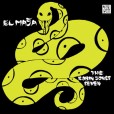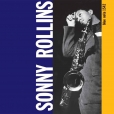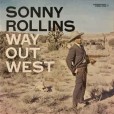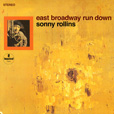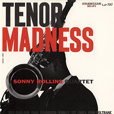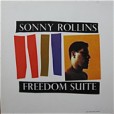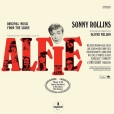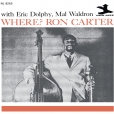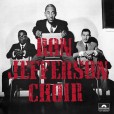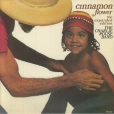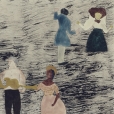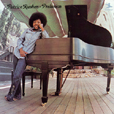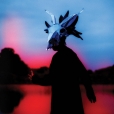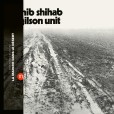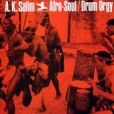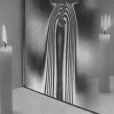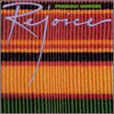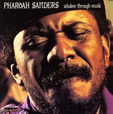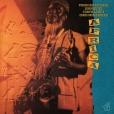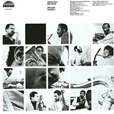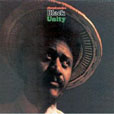Your basket is empty

‘Classic Vinyl’ series.
Rollins’ LPs for Impulse! are neglected. Here is the first of three he recorded in 1965-66, taking fierce flight from five standards. It’s all wonderful, but check the scorching calypso, Hold ‘Em Joe — with Rollins’ characteristic carnivalesque, askance danceability, his ‘impudent swing’, writ large — and the deconstruction of Three Little Words to close, as if to say, Okay, enough of that, now watch this space.
Great sound, too, this Acoustic Sounds issue.
‘Roman Norfleet and Be Present Art Group play deeply felt, sometimes earthy, and sometimes cosmic music. A trio (sax, drums, and organ) are augmented by additional percussion, soaring vocals, and even a vocal appearance by a toddler. Roman Norfleet and Be Present Art Group will take you where you need to go. A spiritual classic for the ages, following the lineage of Alice Coltrane and Pharoah Sanders yet firmly rooted in the present.’
New-York drummer Ron Jefferson was a founding member of The Jazz Modes and the Les McCann Trio. After a first album under his name on Pacific Jazz in 1962, he legged it to Paris, where his creative focus was a trio with Roland Haynes (who would record for Black Jazz) and guitarist Buz Saviano. Just before this session for Polydor International in 1965, they played a series of concerts in Dakar, and the killer cut here Africa The Beautiful is dotted with mbalax drumming alongside Ron’s flautism, in the same vein as Yusef Lateef’s Afro-Eastern explorations.
Remastered by Sam Records from the original master tapes.
An expanded edition of the saxophonist’s triumphant Brazilian excursion, originally released by Douglas Records in 1977, adding half an hour of previously unissued versions, plus Meeting House, out for the first time in any form.
Transferred from the original tapes; newly remastered; decent booklet. Sound-wise, Ron Carter in particular benefits from the restoration work.
An extensive lineup also includes legends like Portinho, Dom Salvador, Bernard Purdie, Claudio Roditi…
Sod’s law that the killer cut Clove & Cinnamon sounds freer, more carnivalesque, in the original version, with Alan Douglas’ bells, rattles and whistles intact.
‘Jazz Dispensary Top Shelf Series.’
Two highlights of the vibraphonist’s 1966 LP for SABA, his first as leader, following up an early Blue Note 10”. Ensadinado is a Latin jazz number by Jimmy Woode, who plays bass. The hard-swinging Night Lady is written by Francy Boland, playing piano; jet-propelled by the drumming of Kenny Clarke.
‘Sublime. The romping High Life, which opens, establishes the album’s mood, which is upbeat and celebratory. Sanders’ vocalized saxophones are at their most vibrant (standouts are his tenor on High Life and soprano on Selflessness); in addition to Norman Connors on drums, there are three percussionists, including Mtume and Badal Roy; James Branch adds some pretty flute; and someone is playing, it sounds like, a sitar in tamboura-style (or a tamboura in sitar-style, it is hard to tell which) on the title track and The Golden Lamp’ (Chris May, AllAboutJazz).
His wonderful 1987 hommage to John Coltrane, leading John Hicks, Curtis Lundy, and Idris Muhammad. You’ve Got To Have Freedom is here, but Naima lands the knockout roundhouse. Warmly recommended.
Heavy, grooving, excursive, Afro-Latin jazz to usher in the seventies, with two bassists — Cecil McBee and Stanley Clarke — and three drummers, in Norman Connors, Billy Hart, and Lawrence Killian. Fronting alongside Hannibal Marvin Peterson and Carlos Garnett, Sanders solos magnificently.
‘Verve By Request.’ Crucial Pharoah.
